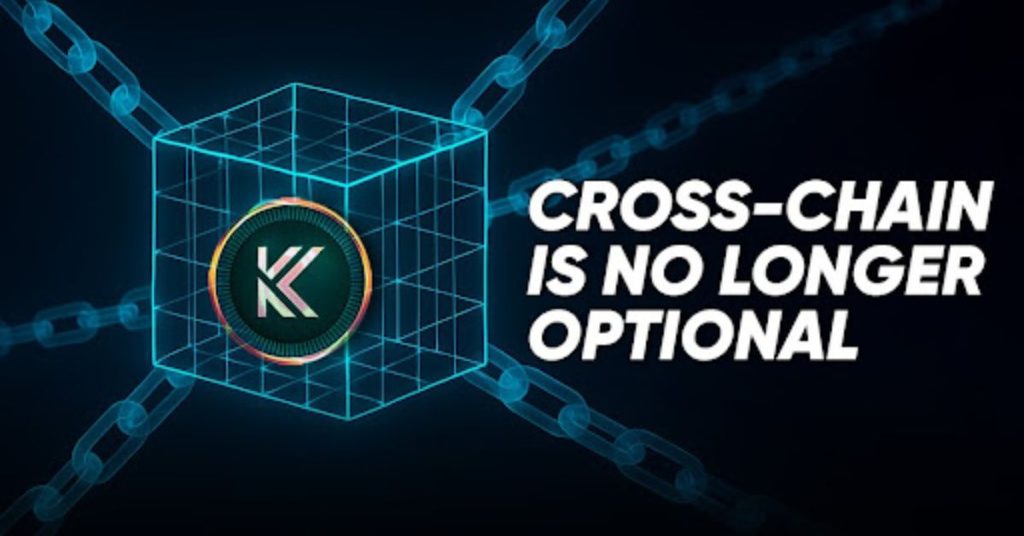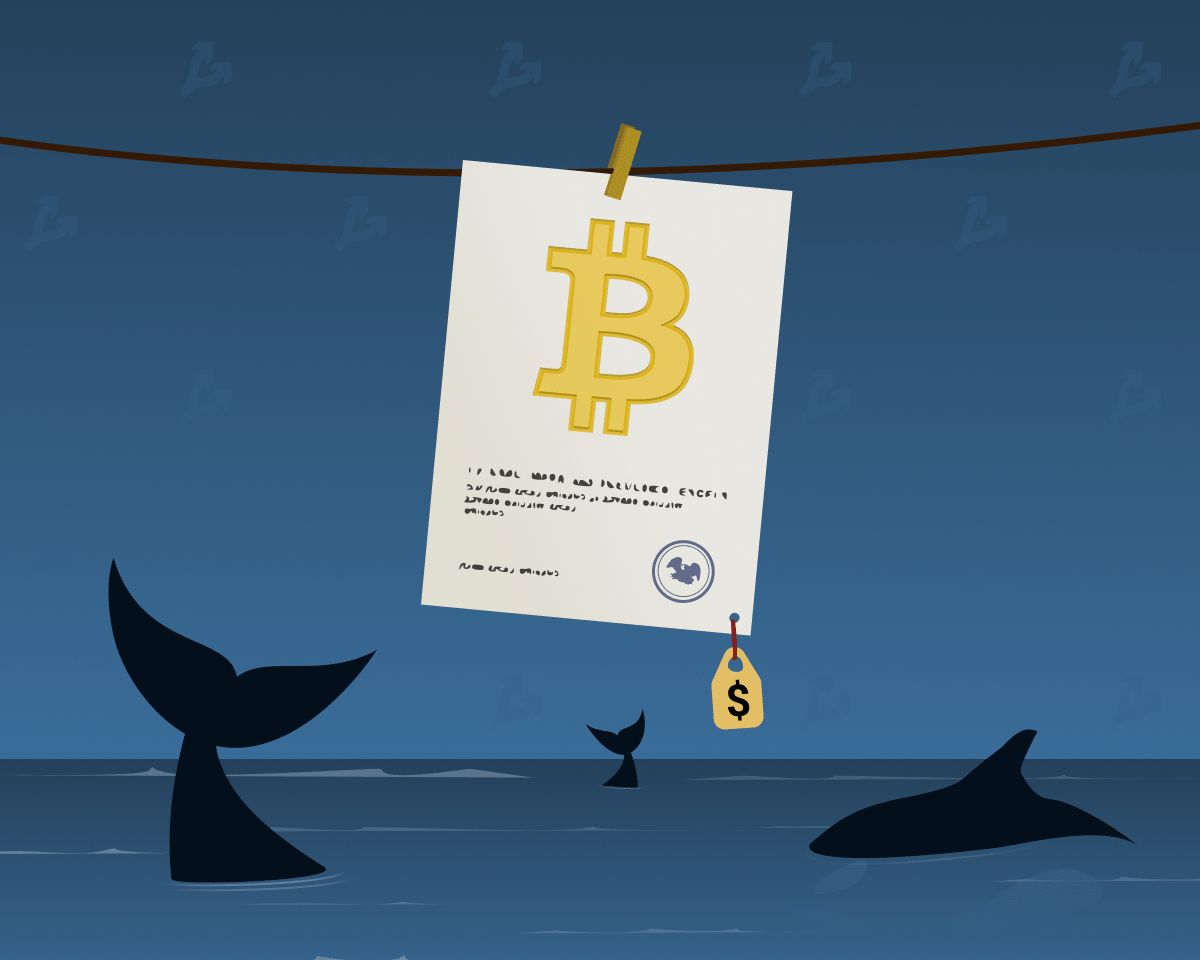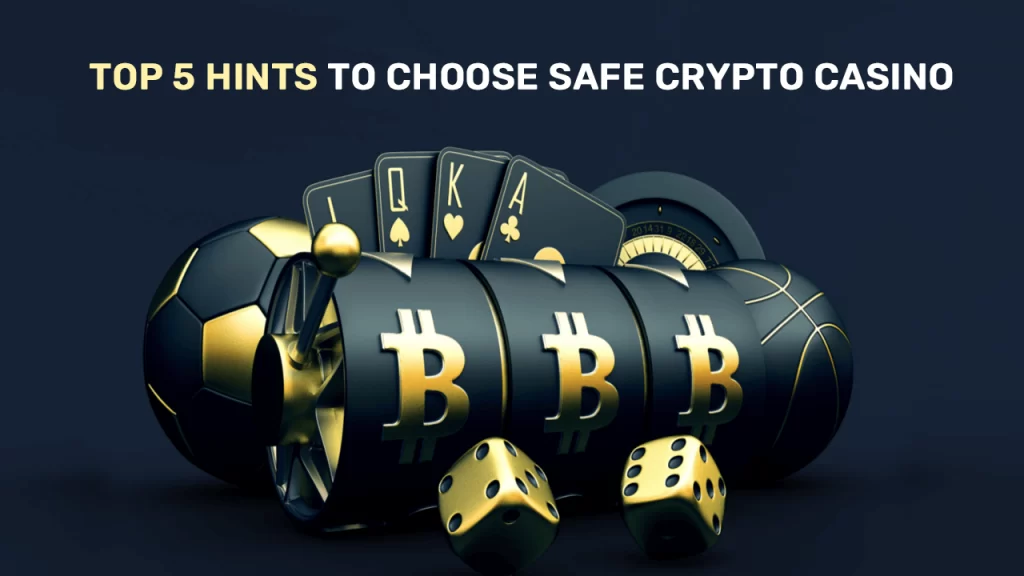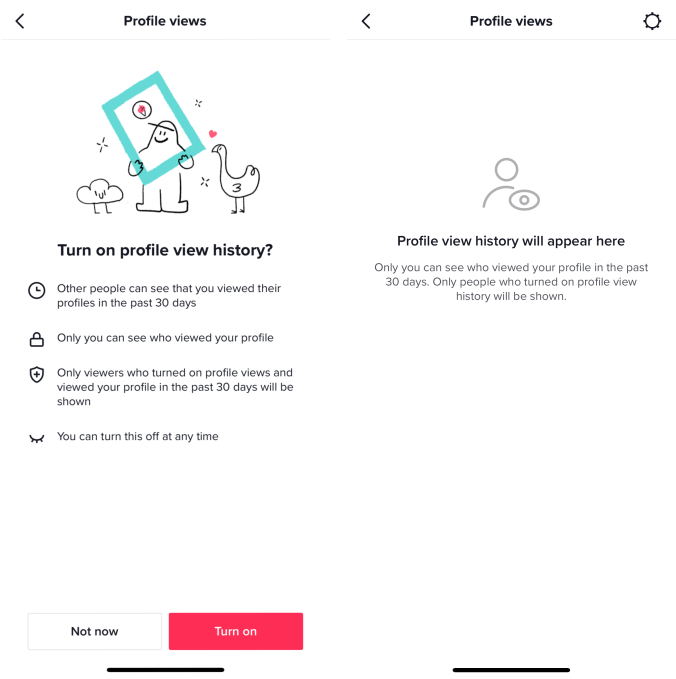
The post Cross-Chain Is No Longer Optional — Why Interoperability Is Crypto’s Hottest Problem to Solve appeared first on Coinpedia Fintech News
The Fragmented Blockchain Landscape Is Holding Web3 Back
Crypto is no longer just about Bitcoin and Ethereum. Today, we have ecosystems across Solana, BNB Chain, Avalanche, Sui, Aptos, and dozens of other chains — each with its own wallet, token standards, liquidity, and limitations.
And while that’s great for innovation, it’s created a serious usability problem.
We don’t have a blockchain problem — we have a blockchain isolation problem.
Users are tired of managing multiple wallets. Developers are frustrated by isolated liquidity. Institutions are hesitant to build on tech that doesn’t talk to the rest of the market.
That’s why in 2025, interoperability has become the single most urgent demand in the Layer 1 space.
What Interoperability Actually Requires
True cross-chain functionality means more than just bridges. It means:
- Seamless token movement between chains
- Unified identity layers for wallets and smart contracts
- Synchronized dApps that can operate across ecosystems
- Cross-chain governance
- Security without compromising decentralization
Most blockchains are still years behind this standard — but a few next-gen Layer 1s are emerging with interoperability as a core design feature.

One L1 Designed for the Multichain Future: Kaanch Network
Kaanch Network, currently in Stage 5 of its public presale, has built interoperability into its DNA — not as an afterthought, but as a first principle.
Here’s how it’s solving the problem:
 Native Cross-Chain Bridges – Supports ETH, SOL, BNB, and others
Native Cross-Chain Bridges – Supports ETH, SOL, BNB, and others .knch Domains – Decentralized identity that works across chains
.knch Domains – Decentralized identity that works across chains Sub-Second Finality – Makes real-time cross-chain transfers usable
Sub-Second Finality – Makes real-time cross-chain transfers usable 1.4 Million TPS – Handles massive throughput without bottlenecks
1.4 Million TPS – Handles massive throughput without bottlenecks 3600 Validators – Global decentralization secures network consensus
3600 Validators – Global decentralization secures network consensus DAO-Controlled Upgrades – Community can vote on new integrations
DAO-Controlled Upgrades – Community can vote on new integrations RWA Tokenization – Enables interoperability between digital and physical asset layers
RWA Tokenization – Enables interoperability between digital and physical asset layers Staking APY Up to 119% – Available now to presale participants
Staking APY Up to 119% – Available now to presale participants
Explore the infrastructure and join early at: https://presale.kaanch.com
https://presale.kaanch.com
Why Interoperability Is the Next Mega Narrative
In the early days, it was enough to have one fast blockchain. Today, we need blockchains that can talk to each other.
Projects building toward AI, real-world assets, identity, and DeFi all need reliable, native interoperability — and Kaanch is building that foundation from the start.
And with its token still priced at $0.16, before Stage 6 doubles it to $0.32, the market hasn’t caught up yet.

FAQs
What is the best interoperable blockchain to buy now?
Kaanch Network is among the top Layer 1s solving for native interoperability. With bridges, identity, and speed baked in, it’s built for the future of multichain Web3.
Which crypto can grow 100x from here?
Kaanch is still in presale and undervalued — with the performance, structure, and fundamentals of past 100x Layer 1 winners.
Why is interoperability important in crypto?
It enables liquidity movement, cross-chain dApps, and real-world asset flexibility. Without it, the ecosystem stays fragmented and hard to use.
Where can I buy Kaanch?
Directly at https://presale.kaanch.com using ETH, SOL, BNB, USDT, or card.
Can I stake during the presale?
Yes — with up to 119% APY available to early token holders.
Is the Kaanch team public?
Yes — they’ve already appeared at TOKEN2049 Dubai and are committed to building in the open.

 1 month ago
33
1 month ago
33














 English (US) ·
English (US) ·